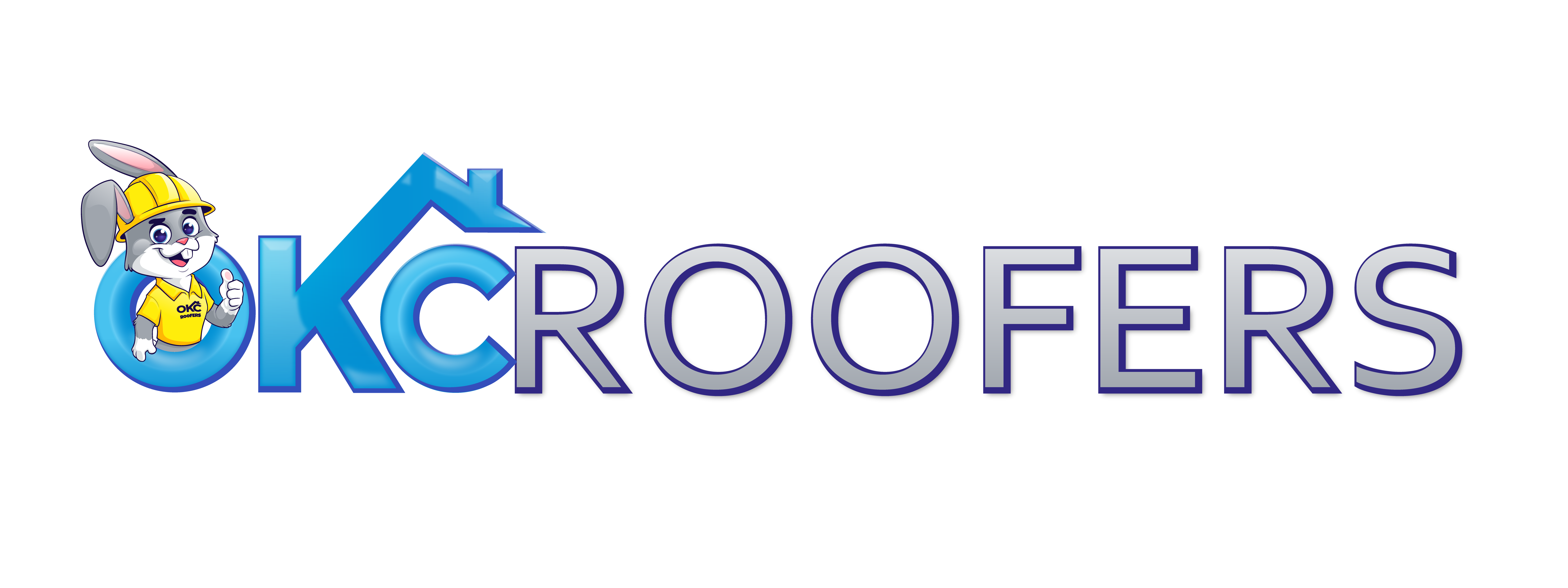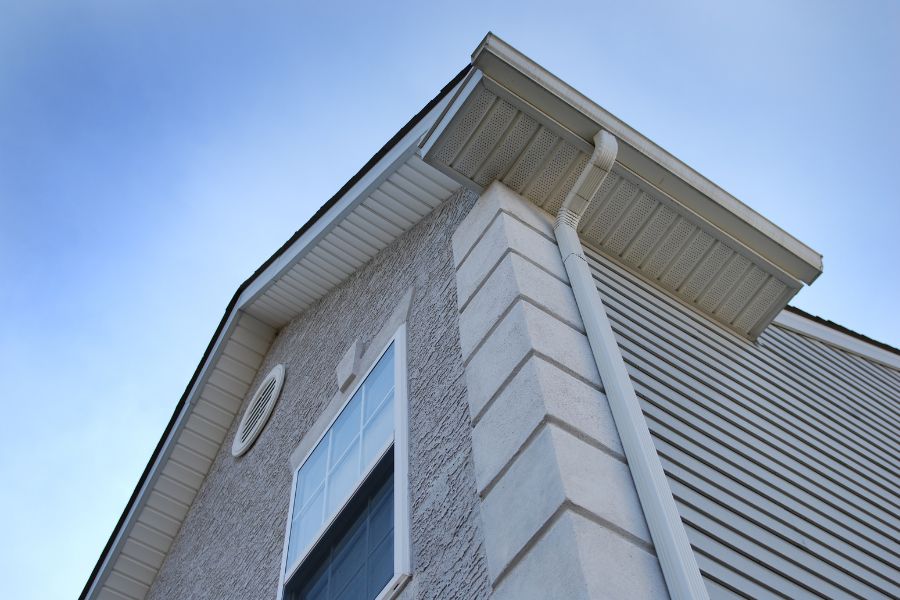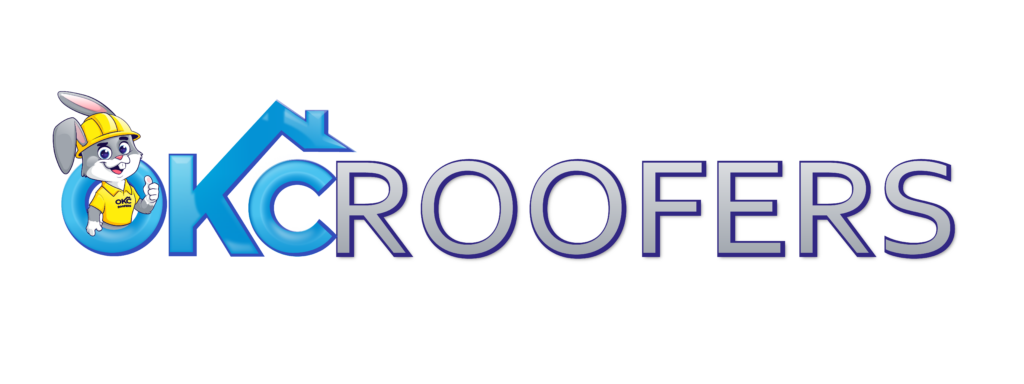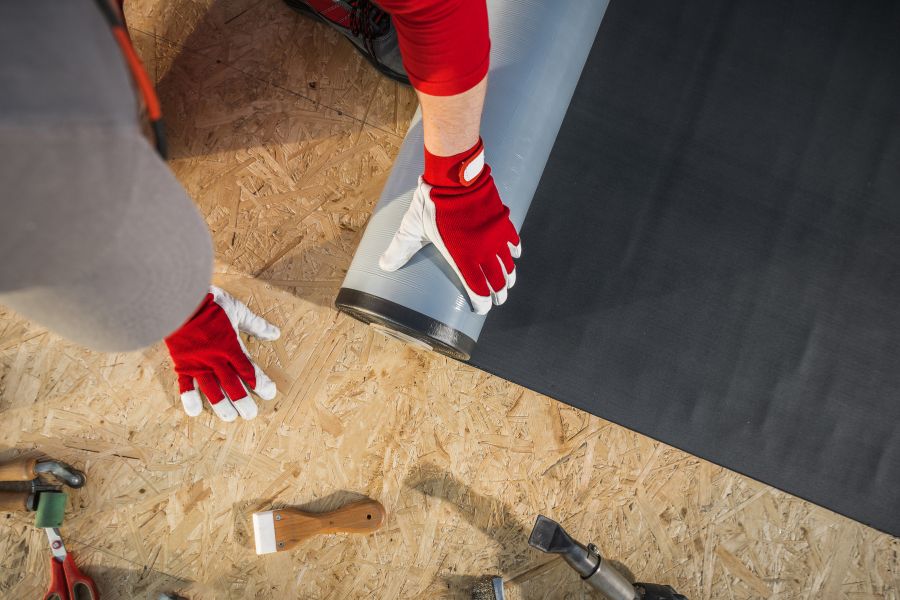Hardboard siding is like the underdog of home exteriors durable, affordable, and lowkey stylish when done right. It’s made from compressed wood fibres and resin, giving your walls a smooth, solid look that can mimic real wood without the maintenance drama.
If you’re weighing your options between vinyl, wood, or fibre cement, hardboard sits comfortably in the middle – budget-friendly yet surprisingly strong. That’s why homeowners comparing siding installation OKC options still consider it. The catch? It needs proper care and sealing to stay in top shape. Let’s break down what hardboard siding really is, how it holds up, and whether it’s the right flex for your home.
What makes hardboard siding unique?
Hardboard siding combines affordability, a wood-like look, and eco-friendly materials but needs consistent maintenance to stay durable.
Key Takeaways
- Hardboard siding is made from compressed wood fibres and resin.
- It offers a wood-like look at a lower cost but needs regular maintenance.
- Proper sealing and repainting extend its lifespan.
- Ideal for homeowners who want style on a budget and don’t mind upkeep.
History and Evolution of Hardboard Siding
Hardboard siding hit the scene in the early 1900s, born out of the paper industry’s leftover wood fibres. The idea was simple but smart – press wood pulp under heat and pressure to create dense, smooth boards.
By the mid-20th century, it became the go-to for affordable home exteriors. Builders loved how easy it was to cut and paint. But like any trend, it had its hiccups. Moisture issues in the 80s dented its rep, leading to better-engineered options.
Today’s hardboard siding blends old-school strength with modern protection. You get that same clean, classic look, just tougher and built to last in any climate.
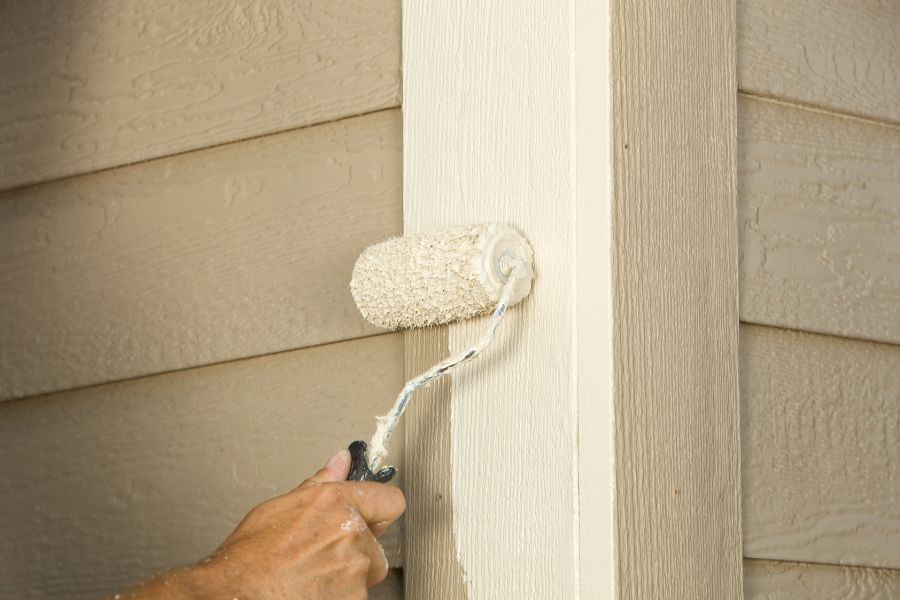
Pros of Hardboard Siding
Affordable Look Upgrade: Hardboard siding gives your home that clean, wood-like finish without the steep price tag. It’s an easy way to flex a high-end look on a budget.
Smooth and Paint-Ready Surface: Its even texture makes painting a breeze. You can easily match your home’s style or refresh it with a new color when trends shift.
Eco-Friendly Composition: Made from wood fibers and resin, it uses recycled materials instead of cutting down full trees. Good for your house and the planet.
Durability and Insulation: Hardboard siding holds up well against dents and adds a layer of insulation. That means fewer repairs and better energy savings.
Cons of Hardboard Siding
Moisture Sensitivity: Hardboard siding looks sharp, but it doesn’t love moisture. Without proper sealing, water can seep in and cause swelling, warping, or even rot over time. Regular repainting and caulking help keep it in check.
High Maintenance: Unlike vinyl or fiber cement, hardboard siding demands attention. You’ll need to inspect it often, repaint every few years, and repair any soft spots early before they spread.
Shorter Lifespan: Even with great care, hardboard siding doesn’t last as long as modern alternatives. It’s affordable upfront, but long-term costs can add up once you factor in repairs and upkeep.
Hardboard vs. Other Siding Materials
Hardboard siding gives you that classic wood look without the heavy price tag, but it’s not as tough as fiber cement or vinyl. Fiber cement flexes harder against moisture and pests, while vinyl barely needs any upkeep at all.
Wood siding wins on natural beauty but demands regular care, and metal siding brings next-level durability with an industrial edge. Hardboard sits in the middle – stylish, affordable, and easy to paint, but it needs consistent maintenance to last.
If you want something that nails the balance between cost and curb appeal, hardboard’s still a solid flex. Just be ready to give it the occasional touch-up to keep it looking fresh.
Maintenance and Care Tips
Hardboard siding might look low effort, but it still needs a little love to stay fresh. Give it a gentle wash once or twice a year to keep dirt and mildew from setting in. A soft brush and mild soap usually do the trick.
Keep an eye out for cracks or chips, especially near seams or trim. Catching those early saves you from bigger repair bills later. Repaint every few years to keep the surface sealed and stylish.
And don’t forget your gutters. Clogged ones can push water down the siding, which is basically a fast pass to damage. A bit of upkeep now means a longer lifespan and fewer headaches later. If you’re not into DIY, teams offering Professional siding installation Midwest City can help with inspections and touch-ups.
Is Hardboard Siding Still Used Today?
Not really, at least not like it used to be. Hardboard siding had its moment in the mid to late 20th century, but modern materials like fiber cement and engineered wood have taken over.
They handle moisture better and last longer, which saves you time and repair costs. Still, you’ll find hardboard on older homes, and with good upkeep, it can hang in there. But if you’re building new, most pros would say go for something tougher.
When to Replace or Upgrade Hardboard Siding
If your hardboard siding looks swollen, cracked, or warped, it’s probably waving the white flag. Water damage and fading paint are early warning signs that it’s losing its weather shield.
When repairs start piling up or your energy bills creep higher, upgrading to something more durable like fiber cement is the smarter long-term move. It’s not just about looks, it’s about protecting your home and saving money down the line.
FAQs about Hardboard Siding
1. Is hardboard siding durable?
It’s fairly durable when sealed and maintained properly, but moisture is its main enemy. Regular painting and sealing help it last longer.
2. Can you paint over hardboard siding?
Absolutely. In fact, painting is the best way to protect it from water damage and give your exterior a clean, fresh look.
3. How long does hardboard siding last?
On average, you can expect about 20 to 30 years with good upkeep. Without care, it can start to swell or warp sooner.
4. Is hardboard siding expensive?
Not really. It’s one of the more budget-friendly options, which is why many older homes still use it today.
Conclusion
Hardboard siding might not have the same rep as modern materials, but it still has its place when used right. It’s affordable, paint-friendly, and gives homes a clean, timeless look. The trick is proper installation and maintenance to keep moisture out.
If you’re planning an exterior upgrade, weigh its pros against fibre cement or vinyl options to find your best fit. For local recommendations, check House siding solutions Bethany OK when pricing alternatives. A little research now saves you from big fixes later.
